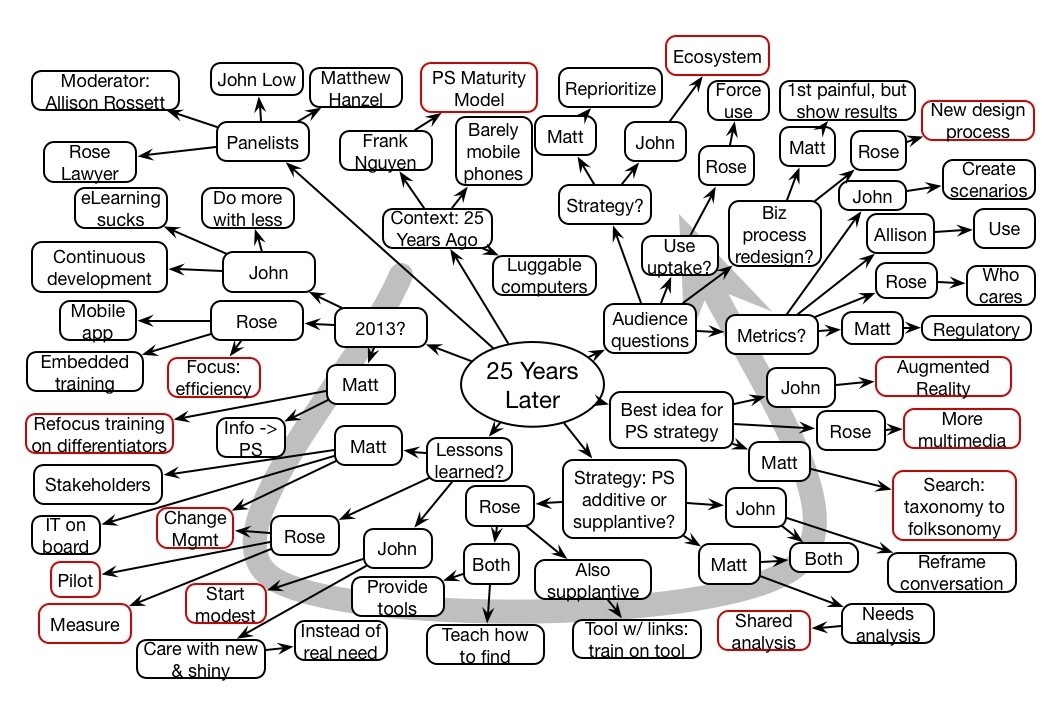I’m not an expert on compliance training. I haven’t suffered through it, and I haven’t been asked to design it. But I know it’s a monkey on the back of the industry, and I know we have to address it. So how? I think there are two main barriers.
The first is the regulatory aspect. Much like I really think the problem holding back better for-profit schools is that the accreditation process isn’t informed enough about pedagogy, I think the agencies that oversee required learning don’t really focus on the right thing. When you are mandating the requirement by seat time, you’re missing the point. Really, you should have competencies associated with objectives. Compliance decoupled from outcomes is just a legal bulwark, not a meaningful prevention of behavior.
Of course, we could be spending that time doing more than a knowledge dump. I think there are two parts: helping people define the situation, and then providing them with skills to address it. Whether it’s ethics, harassment, or some other topic, if you’re just raising awareness you’re not equipping people, and if you’re just providing responses, you’re not helping them understand when it makes sense.
I’ve previously addressed the awareness issue, when I talked about shades of grey. The point being that seldom are things black and white, and the best way to help learners understand the situation is to give them scenarios and discuss in groups whether and how a situation qualifies. Having this done in groups, and then having a reflection session facilitated by an expert on the topic would really help learners get value. Even online, having them share their initial thoughts, and then see some other discussion would be valuable to get some of the benefits of social interaction.
So then the question becomes one of how to equip the learners to deal with the situations. There are always mandated policies, but they’re not always as easy to apply as suggested. First of all, I think role-plays make great sense here. You can use scenario tools for asynchronous situations, or just traditional role-play in the classroom. What’s important is that you consider these processes with problematic examples. So, for example, trying to do behavior coaching with a passive-aggressive individual. You might have someone who’s facing such a problem role play the tough individual to deal with, and another member of the class can try to apply the principles. Again, you’re venturing out into the grey that acknowledges it’s never as clear cut and easy as it seems.
Of course, the latter pedagogies don’t guarantee anything (learning is probabilistic, after all), and you’ve still the barrier that there’s little real reason to care given the current way the requirements are structured, but at least you have the opportunity to make the process less onerous for the learner and have a greater likelihood of actually accomplishing something meaningful in the workplace. Someone familiar with compliance want to weigh in on how I’m off-base?


